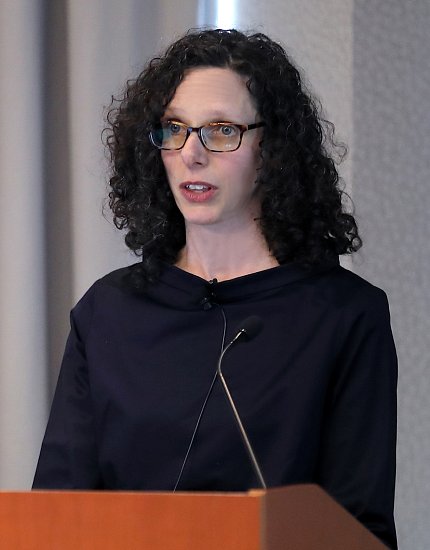

They are now contending with tens of thousands of people with mental illness who, by some counts, make up as much as half of their populations. Across the country, correctional facilities are struggling with the reality that they have become the nation’s de facto mental health care providers, although they are hopelessly ill-equipped for the job. Today, the country’s largest providers of psychiatric care are not hospitals at all, but rather the jails in Chicago, Los Angeles, and New York City. The only real difference between Kesey’s time and our own is that the mistreatment of people with mental illness now happens in jails and prisons. Nor, most importantly, has the large population of people with mental illness who are kept largely out of sight, their poor treatment invisible to most ordinary Americans. 3 But none of the rest of it has gone away, not the cruelty, the filth, the bad food, or the brutality. It’s true that the hospitals have mostly disappeared: between 19 the number of people with serious mental illness living in psychiatric institutions dropped from almost half a million people to about fifty thousand. Yet when we think that the hellish world Kesey captured belongs to another era, we are just as deluded as his fictional PR man. More than fifty years later, state psychiatric hospitals of this sort are, like lobotomies, long gone. McMurphy convinces the other patients to support him in an insurrection against Ratched’s control she eventually puts an end to it by having McMurphy lobotomized.įew other works of fiction or nonfiction have so indelibly captured the horrors of psychiatric hospitals in the mid-twentieth century, from the lack of any real effort to cure patients to outright abuse of the kind the public relations man promised had disappeared the overmedication of the patients the forced inactivity the humiliating and unsanitary conditions (“ stood so long in one spot the piss ate the floor and beams away under him”). The book centers around the struggle between Randle McMurphy, a rebellious small-time criminal who feigns mental illness to avoid prison time-memorably played by Jack Nicholson in the 1975 film adaptation-and Nurse Ratched, the sadistic manager of the psych ward where he has been sent.


Boasting of how far things have come from the “old-fashioned cruelty” that used to reign in such places, he tells a group of visiting teachers, “What a cheery atmosphere, don’t you agree?… Oh when I think back on the old days, on the filth, the bad food, even, yes, brutality, oh, I realize ladies that we have come a long way.” 1Īs Kesey’s novel makes devastatingly clear, however, this new-and-improved institution simply offers the same old abuse in a different package.

N EAR THE BEGINNING OF K EN K ESEY’ S 1962 novel, One Flew Over the Cuckoo’s Nest, the narrator recalls seeing a public relations man give a tour of the psychiatric hospital where the story is set.


 0 kommentar(er)
0 kommentar(er)
